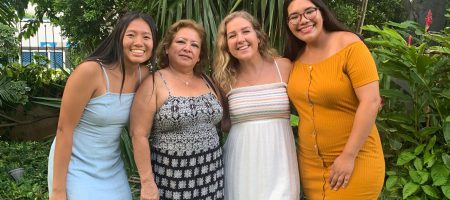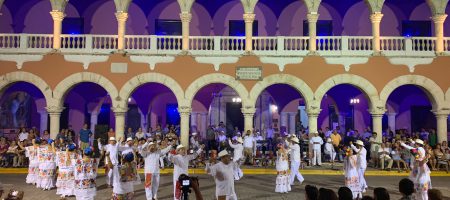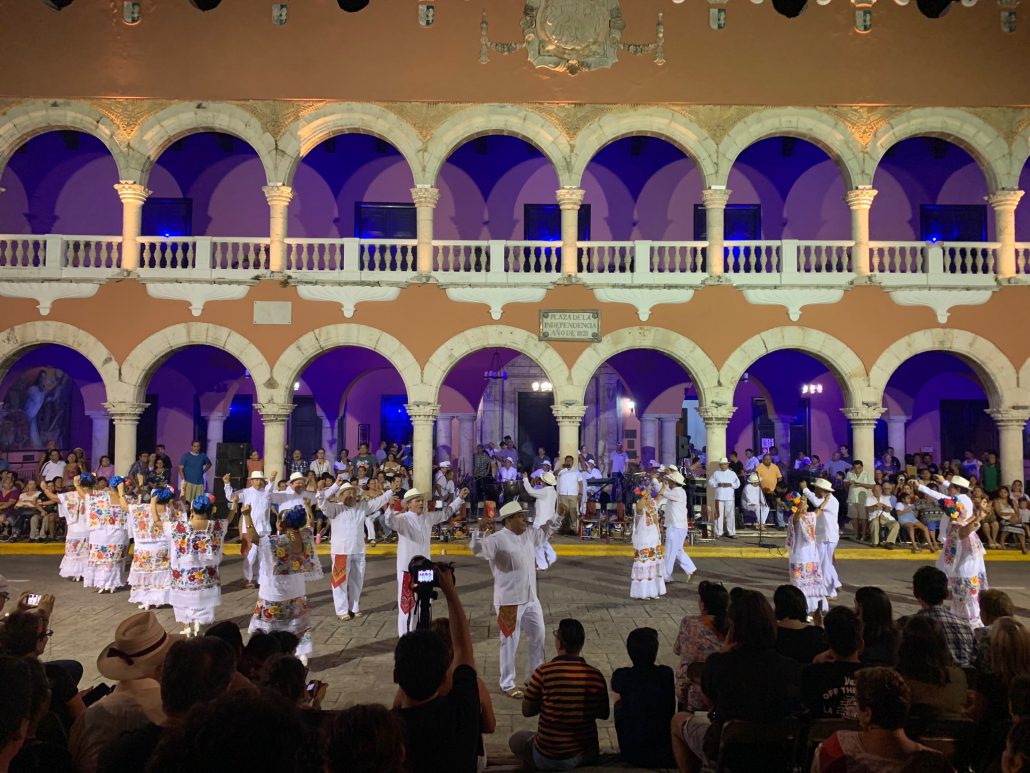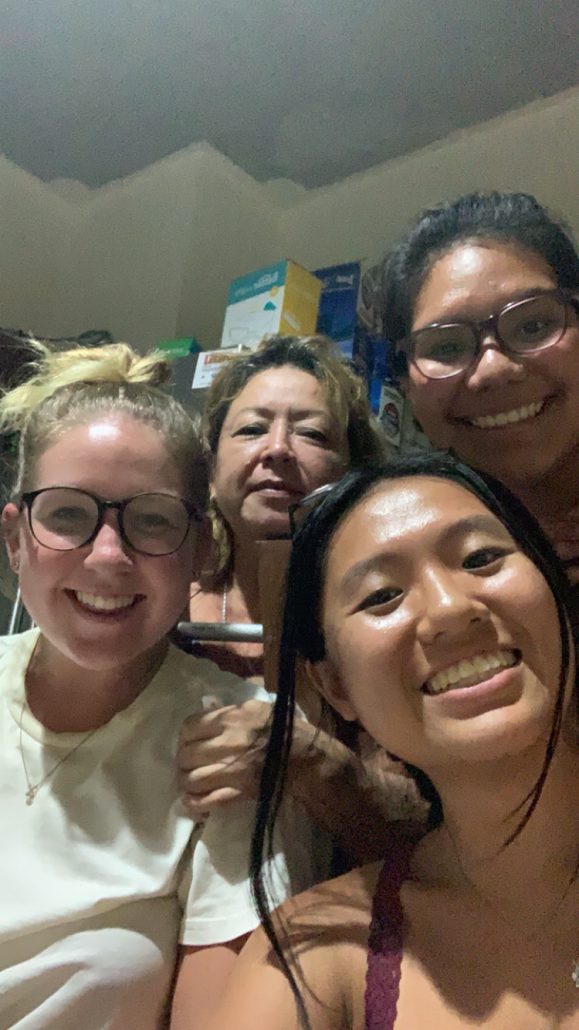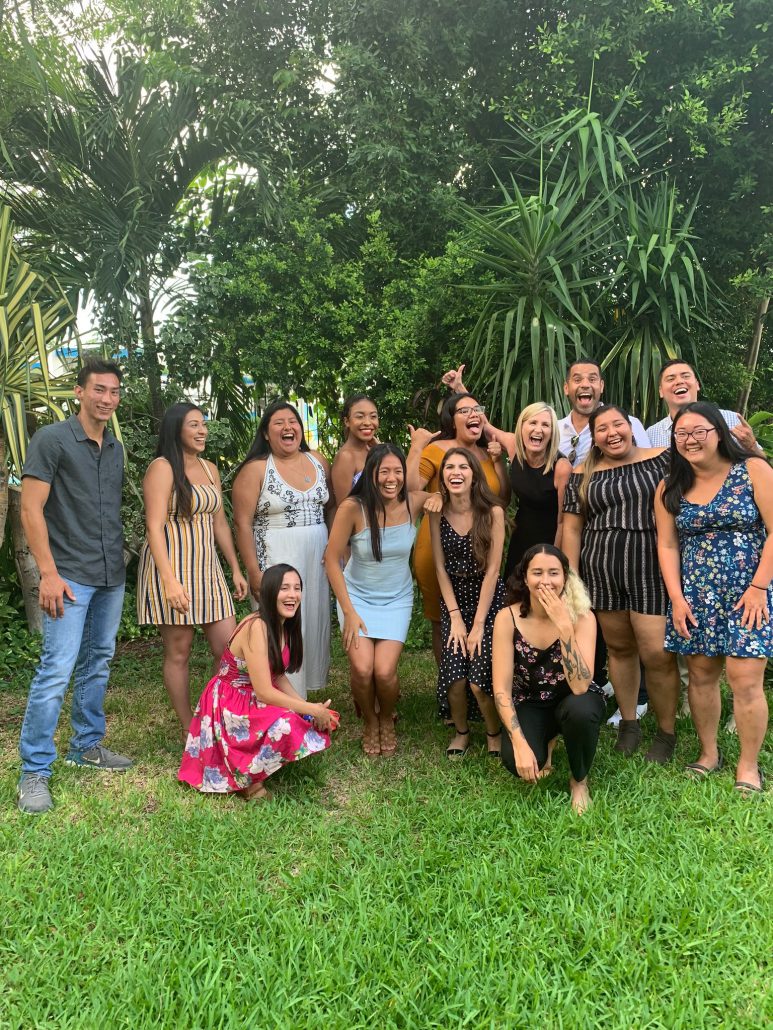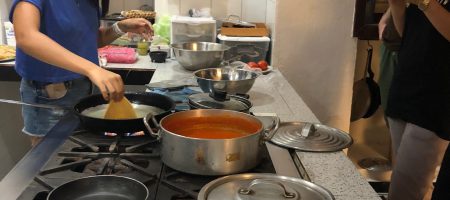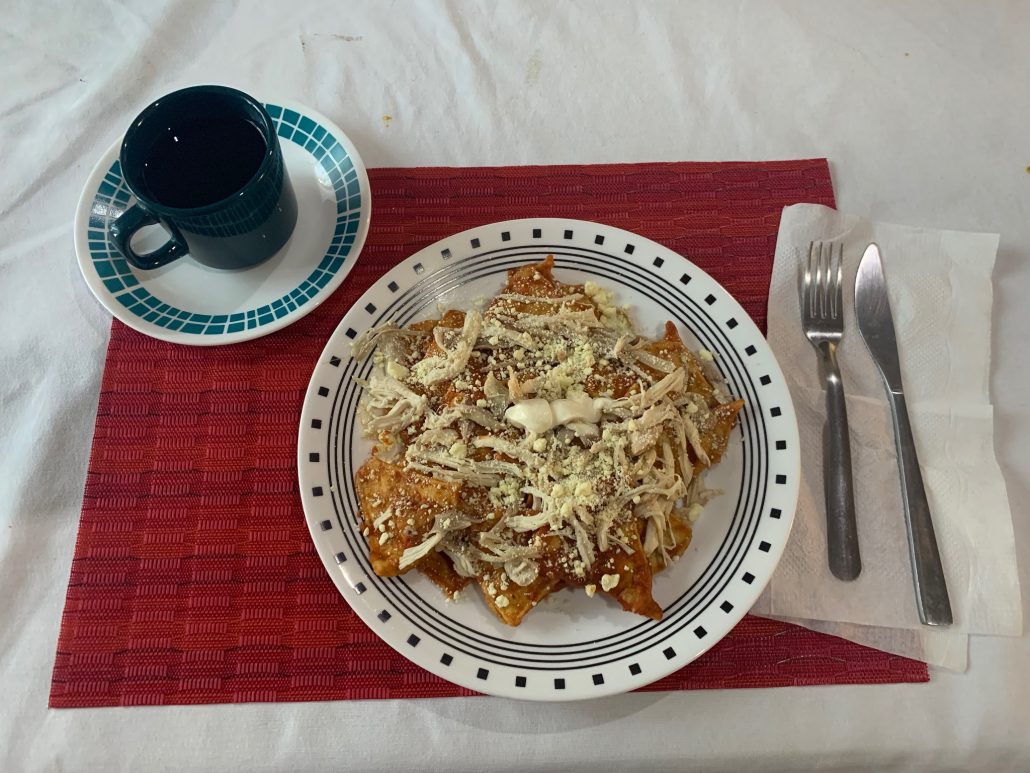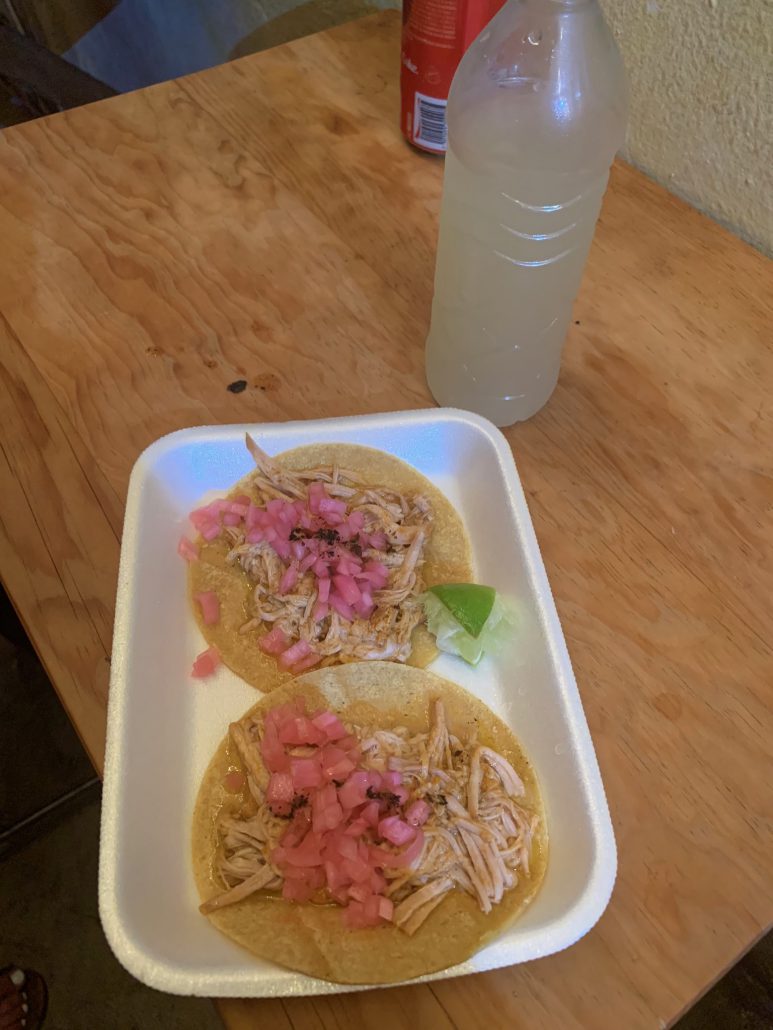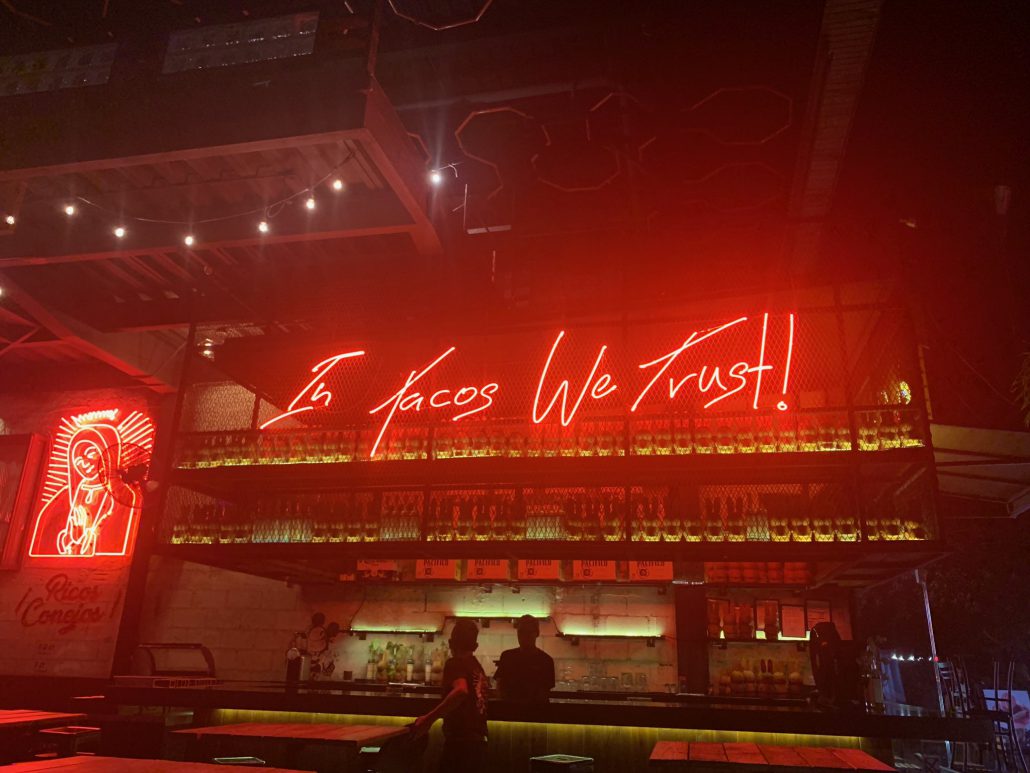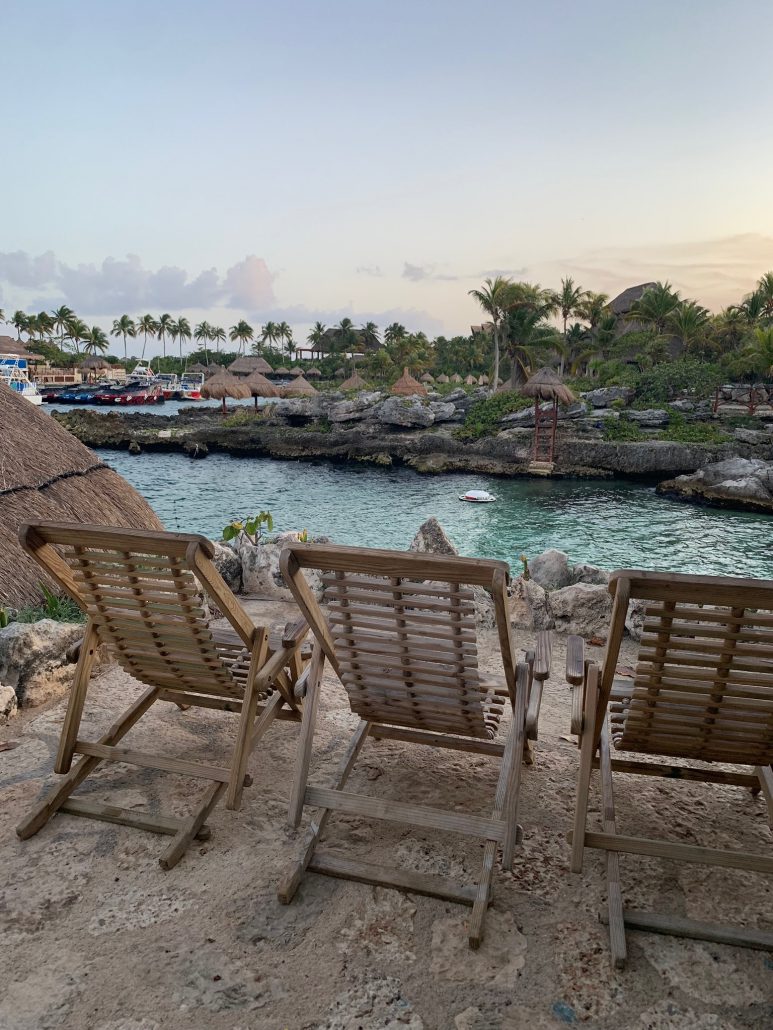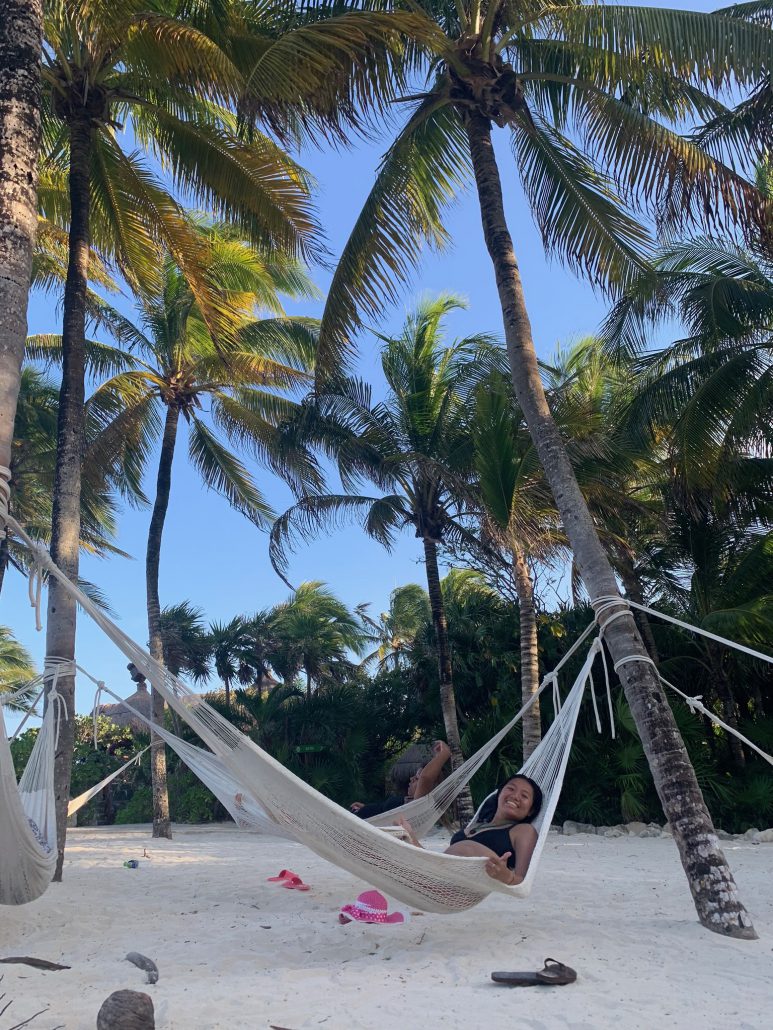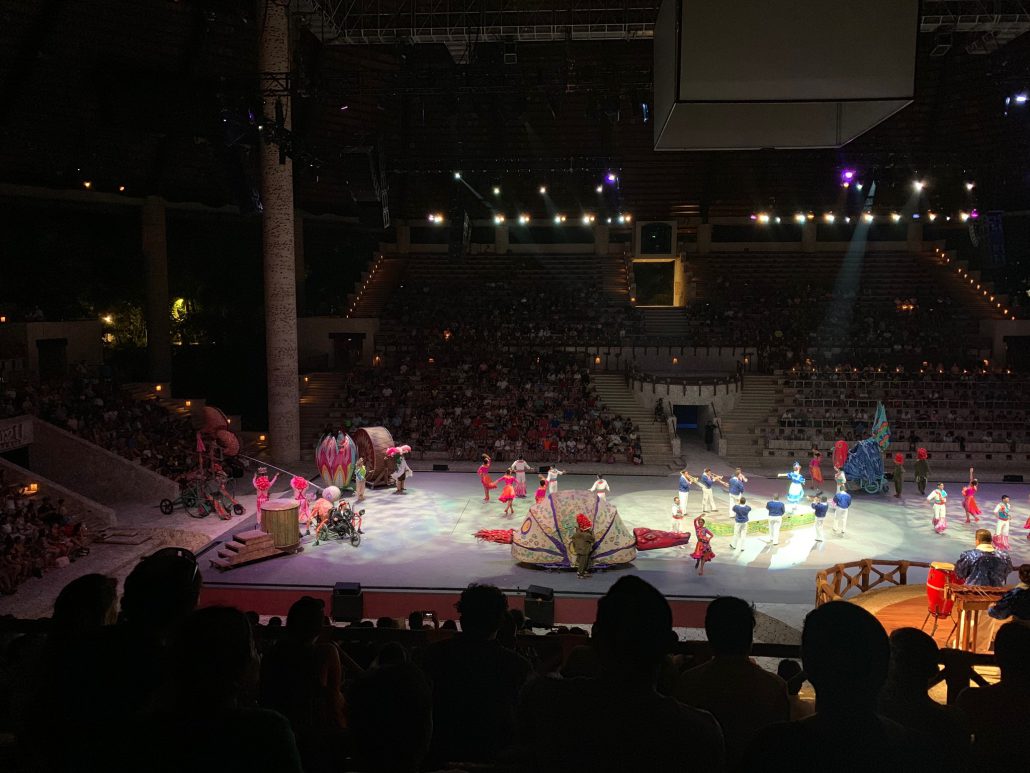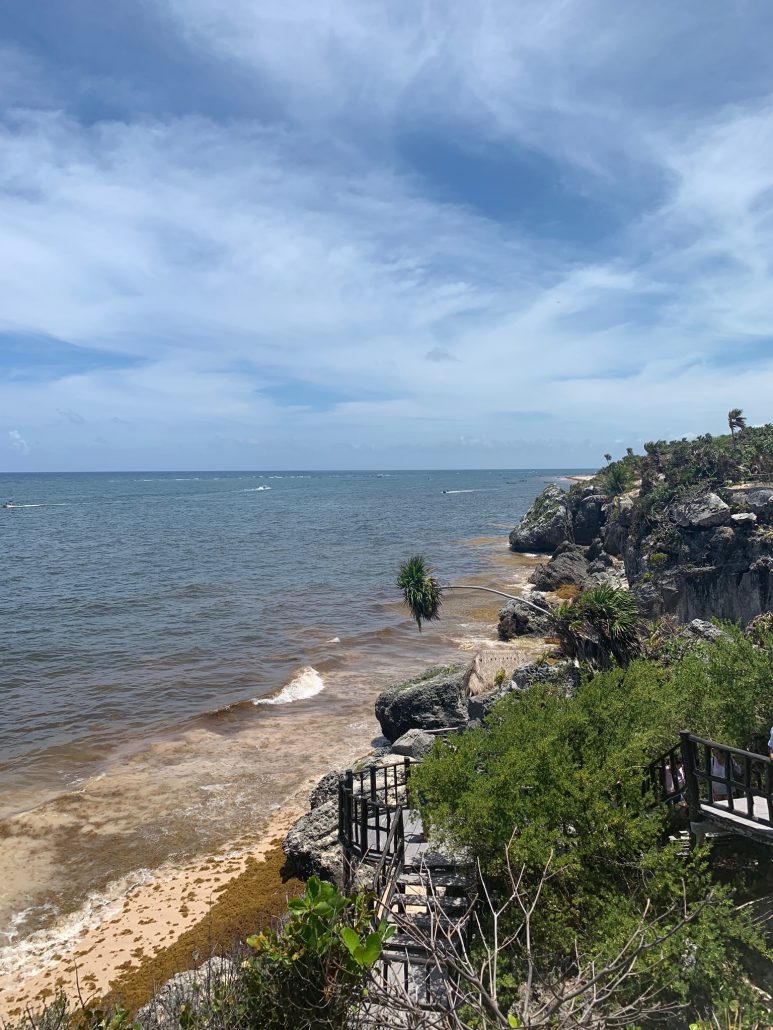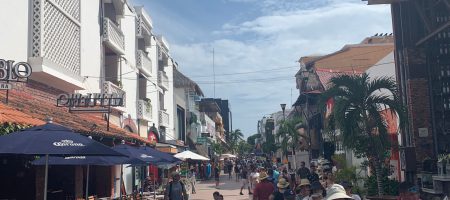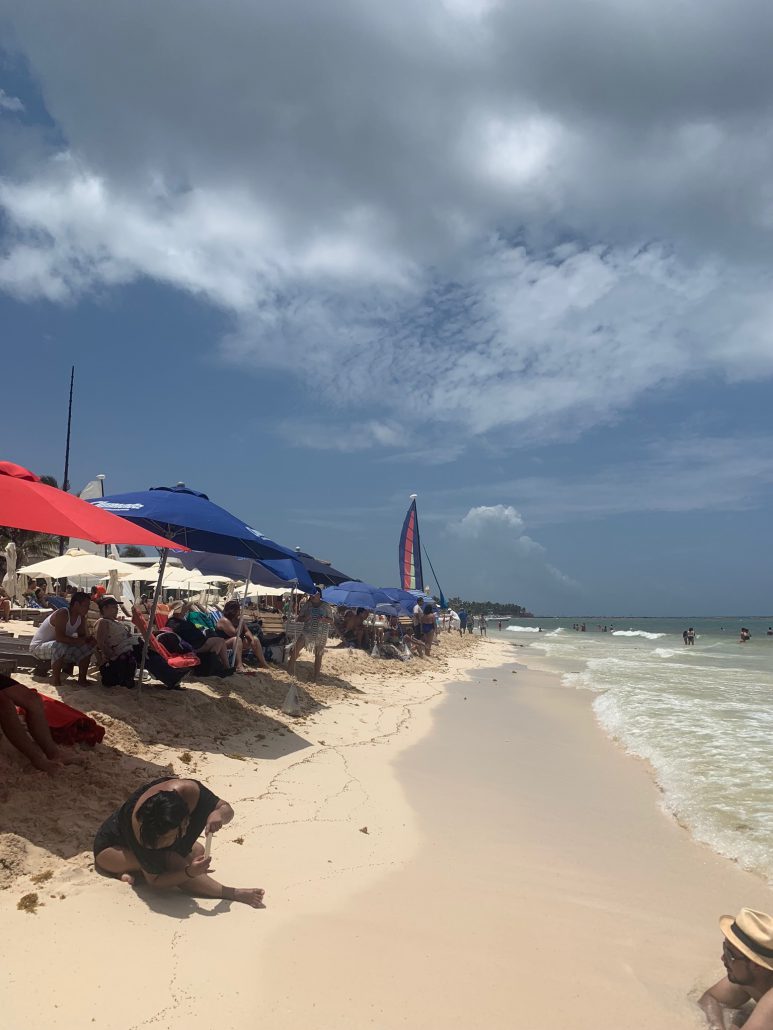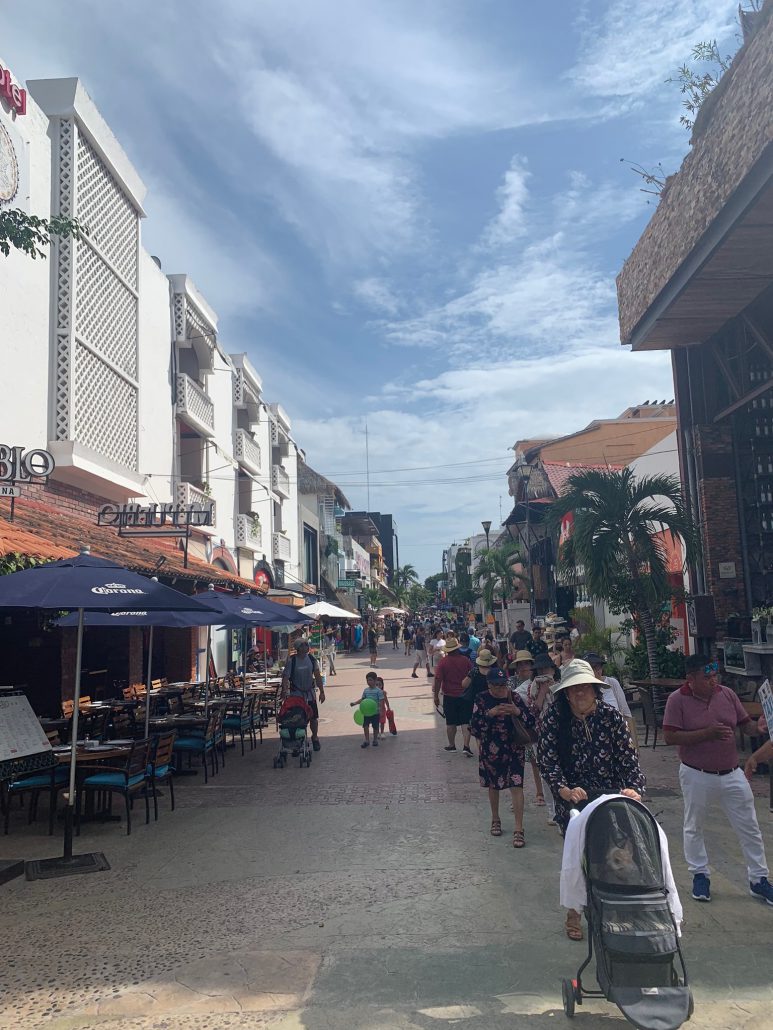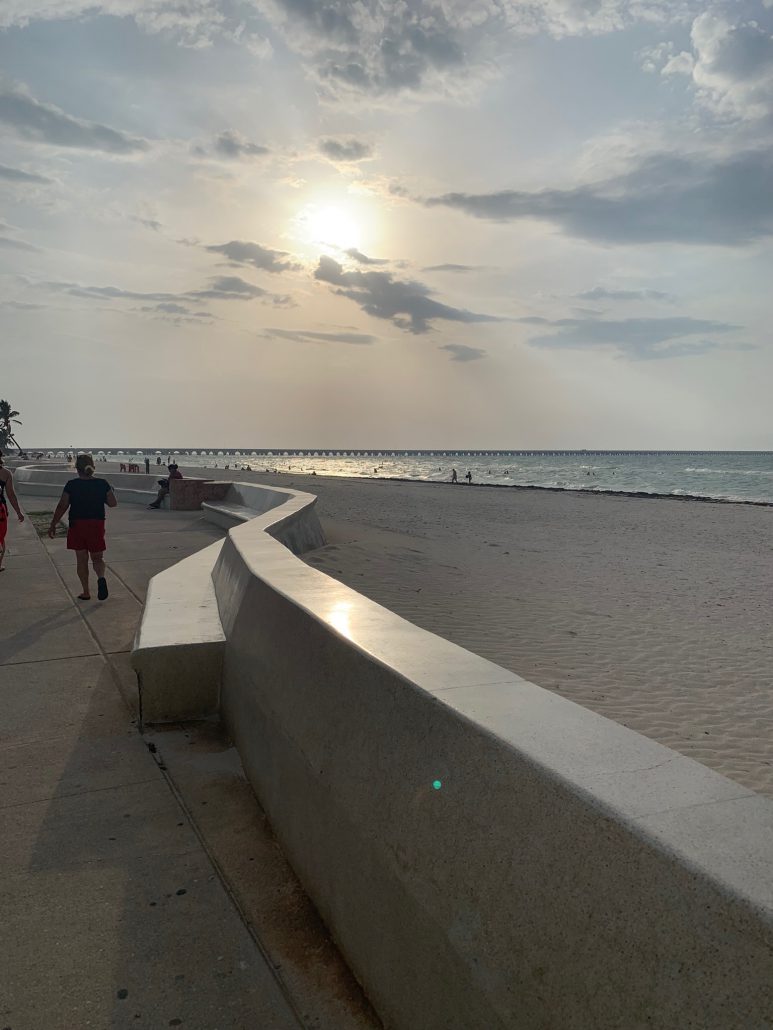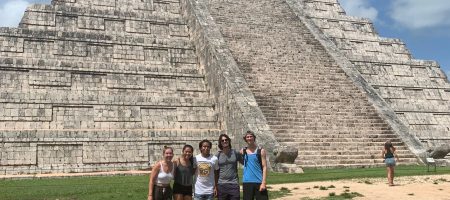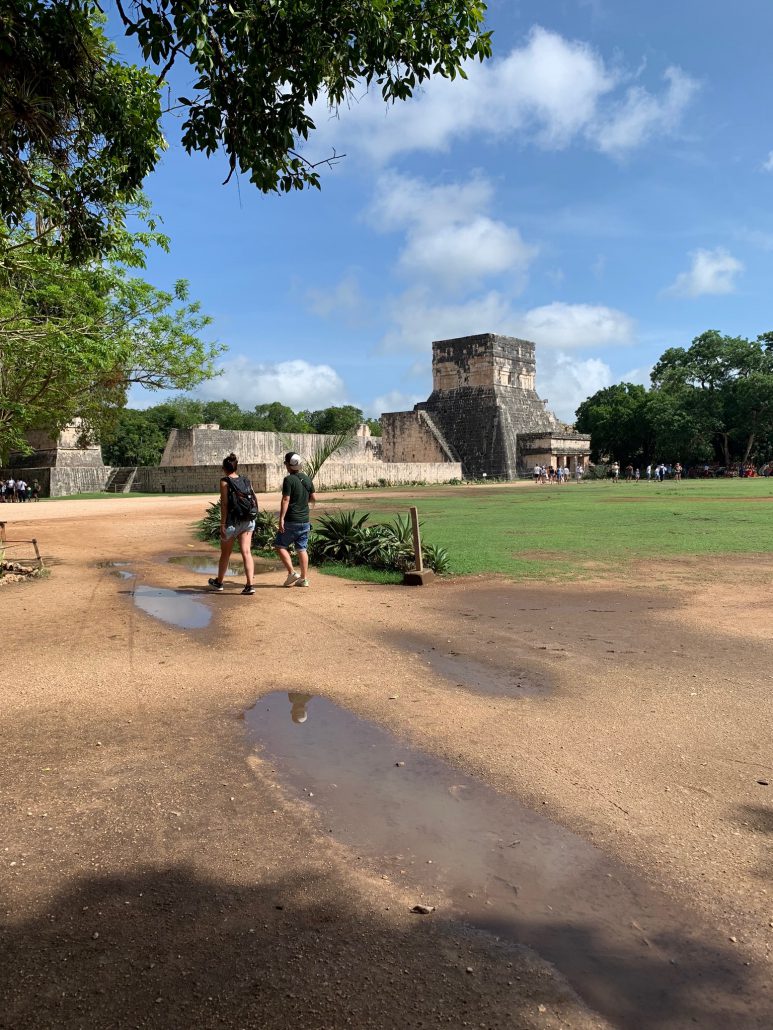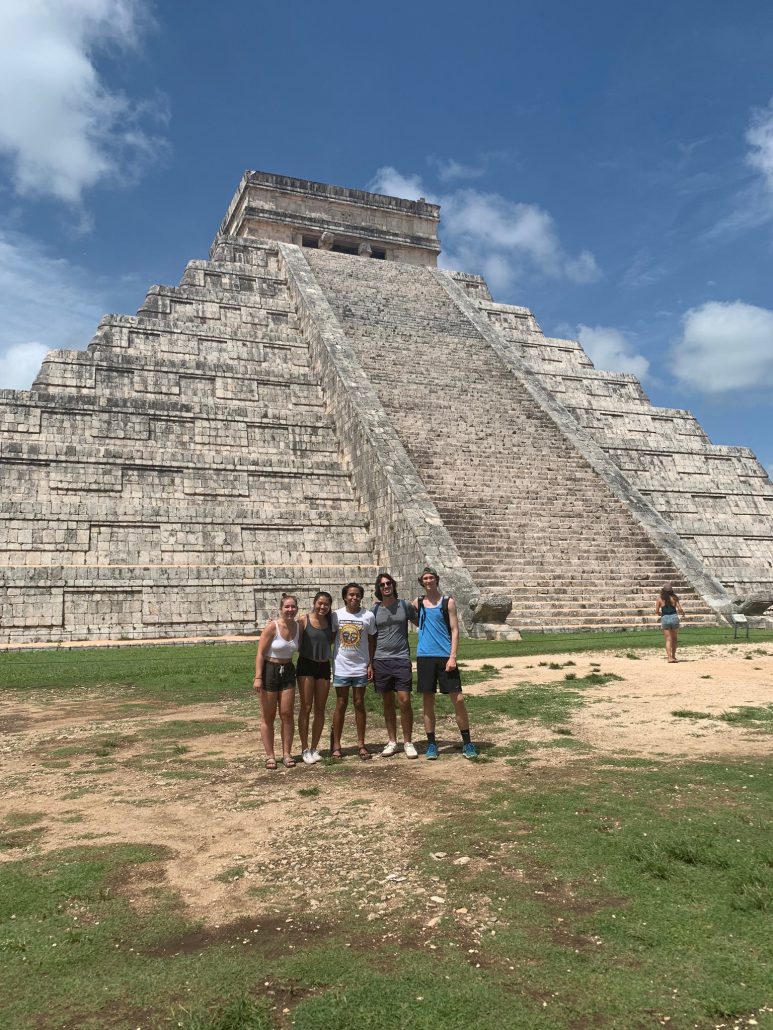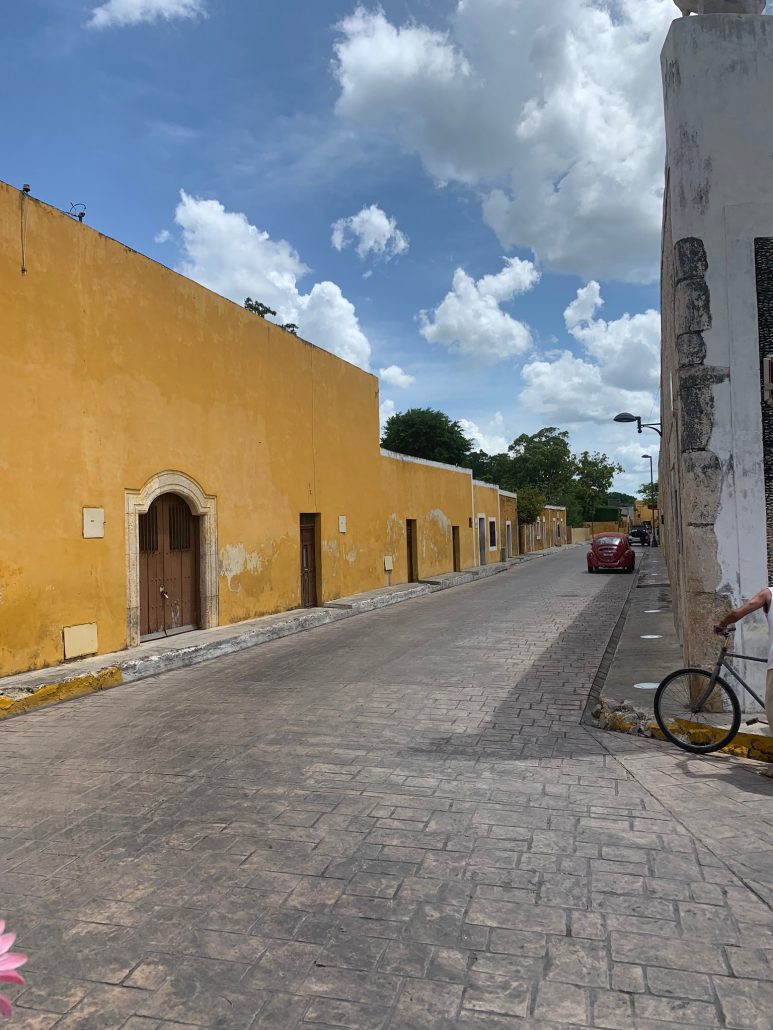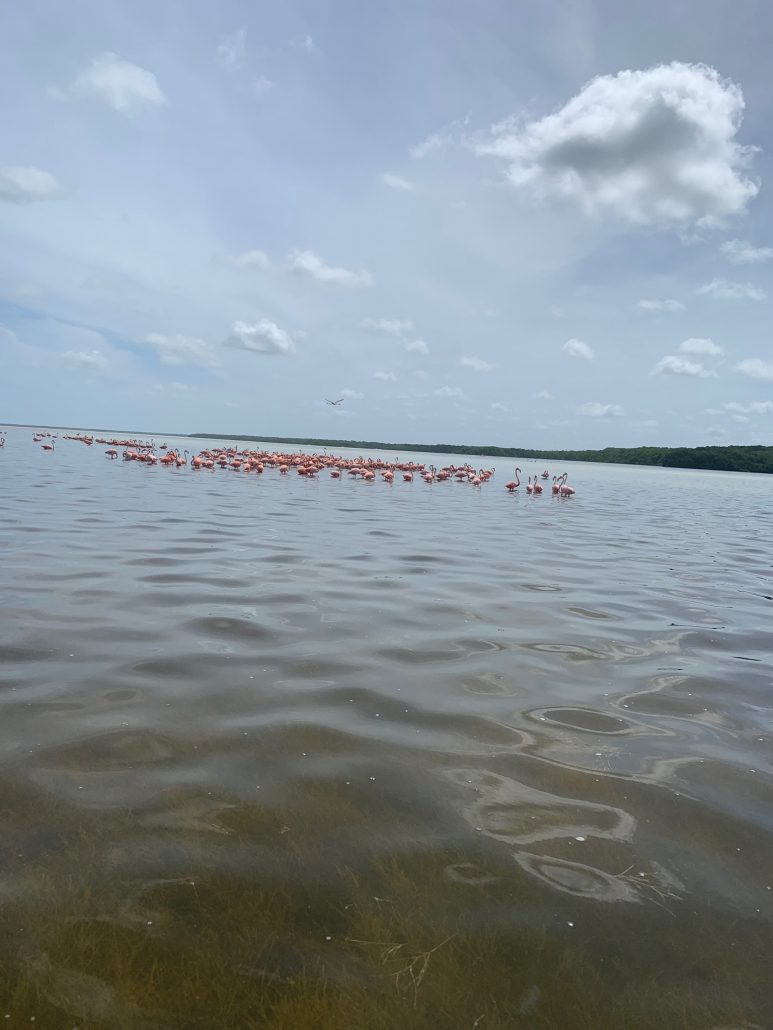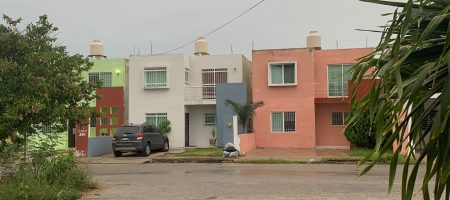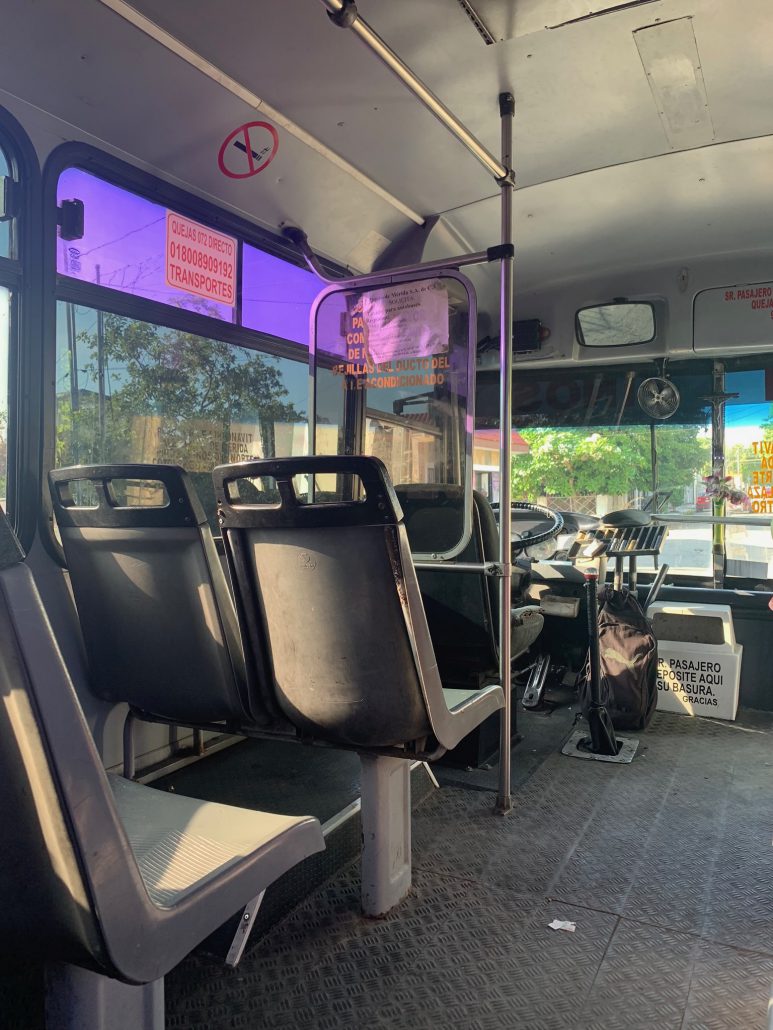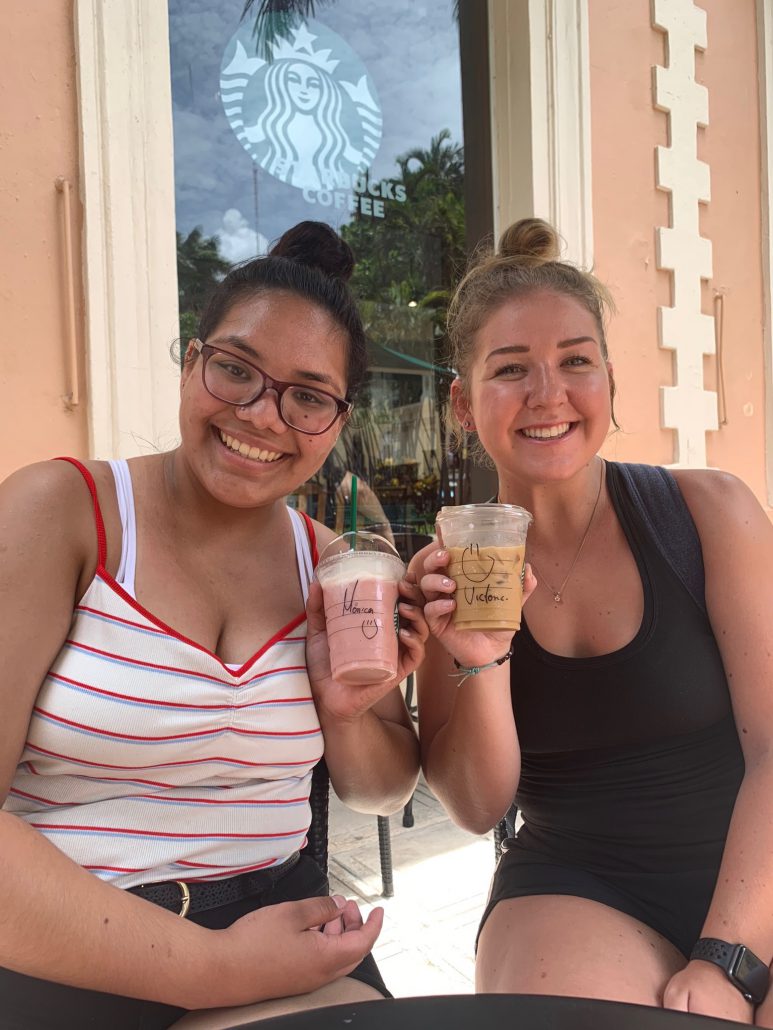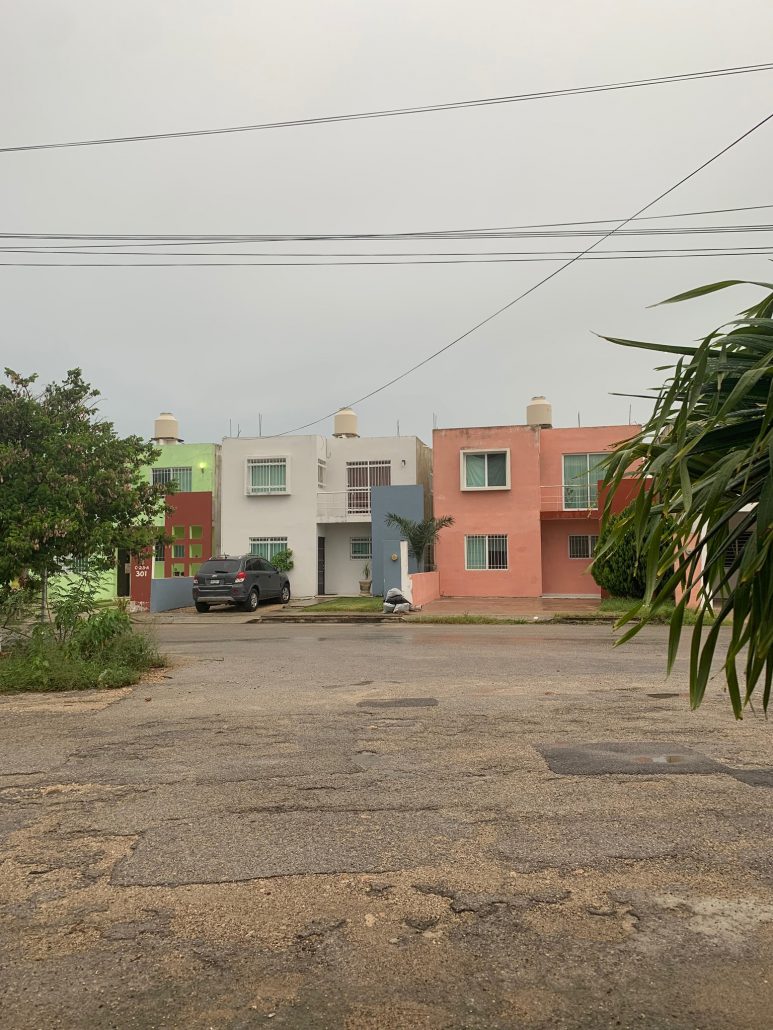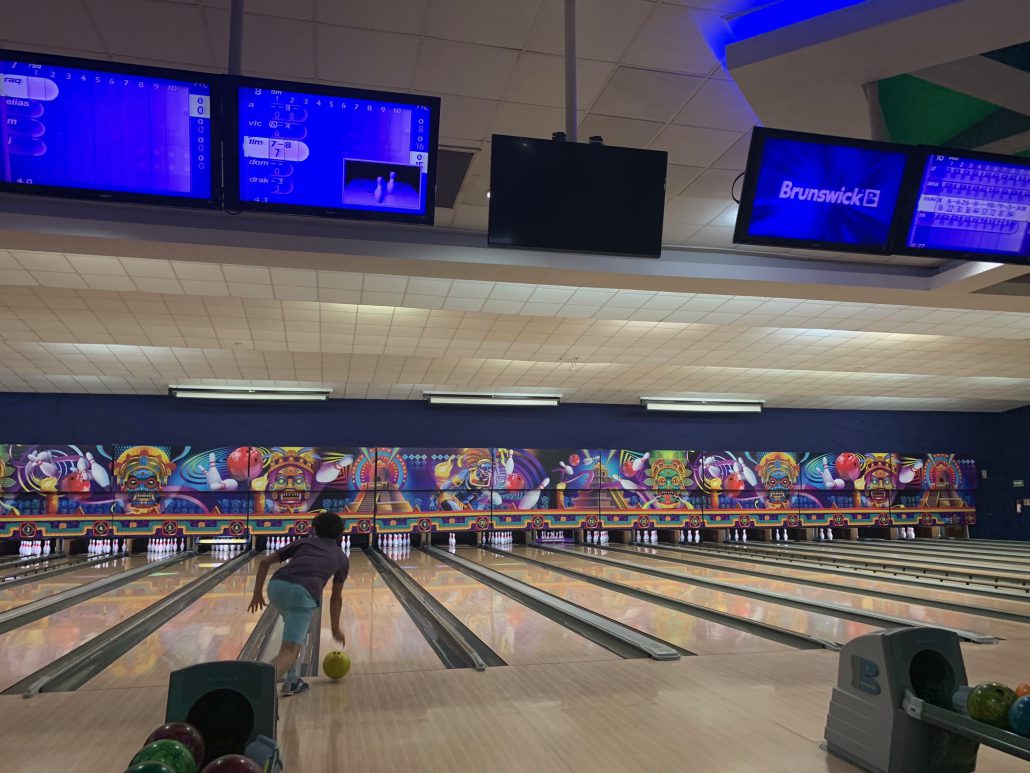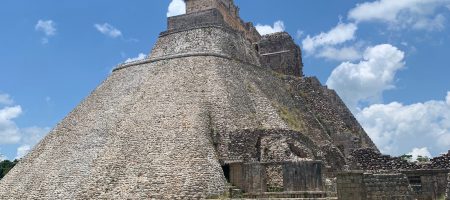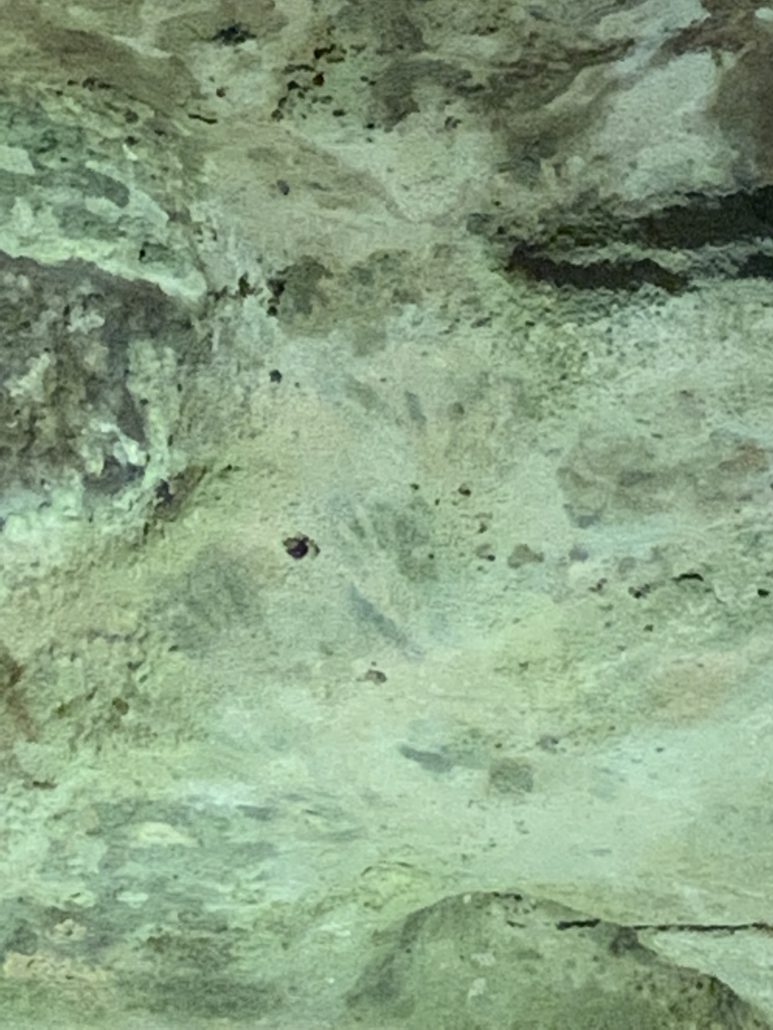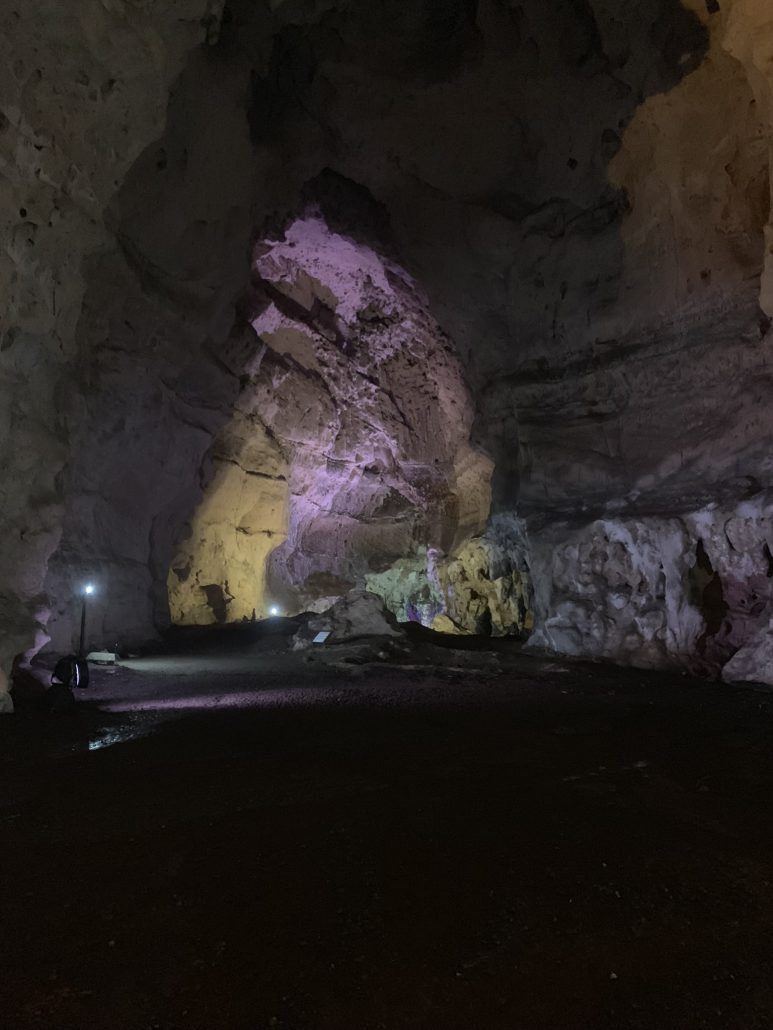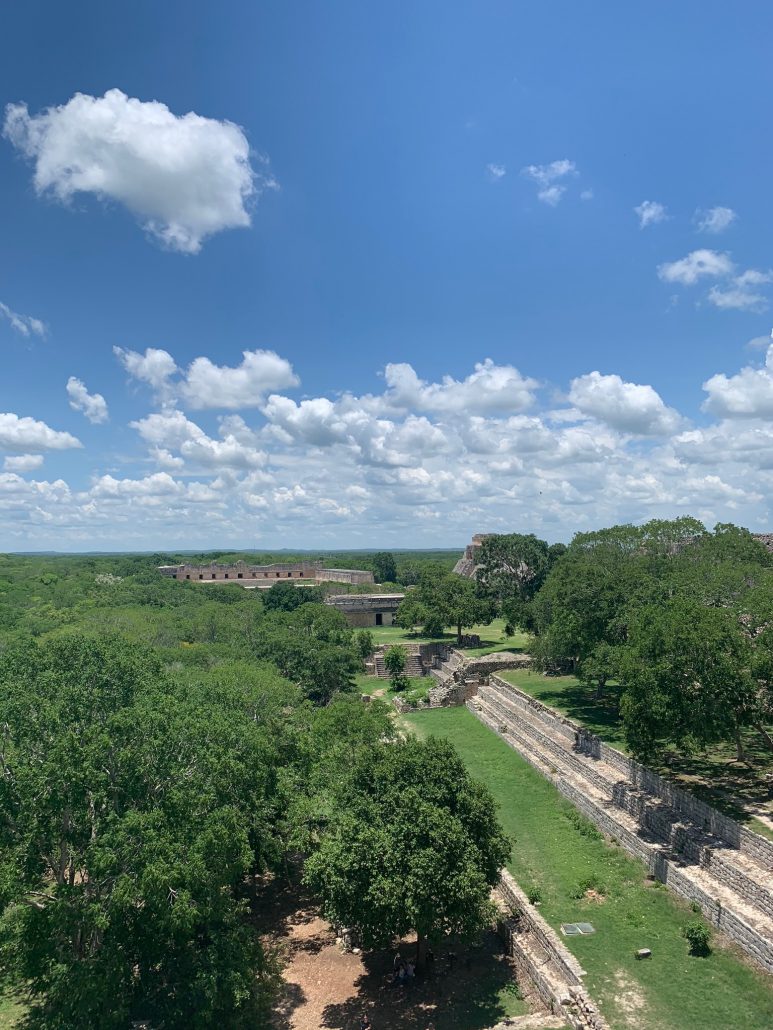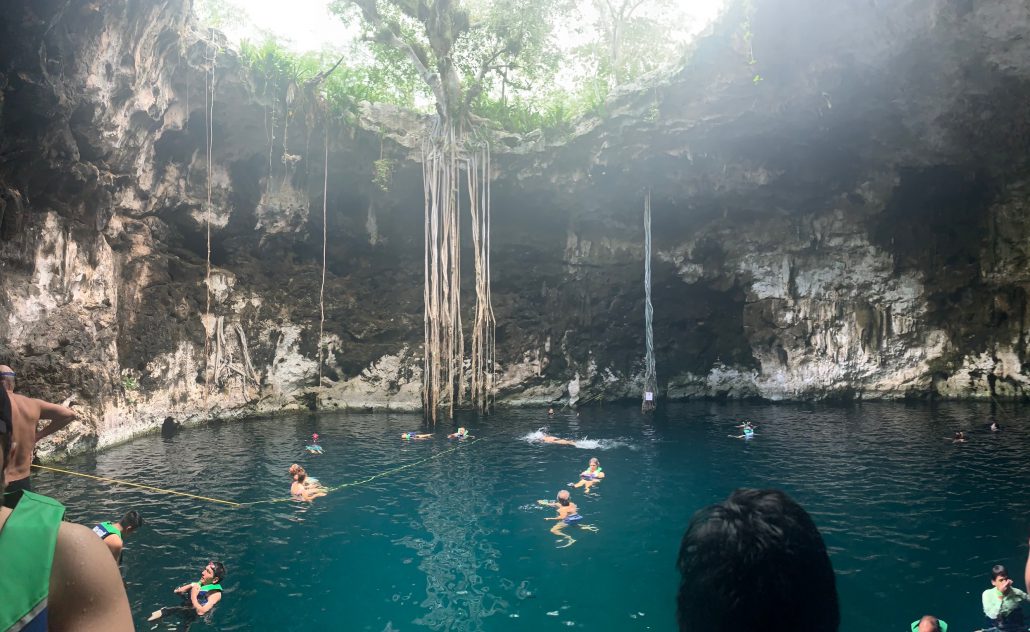Mexico | Benefits of a Homestay
By Andrea Zheng
I always knew that I wanted to study abroad during my time in college, I just never knew where it would be. After picking up a Spanish minor, it seemed a logical choice to take some upper division Spanish classes abroad. I had always heard good things about the Spain program where you get to visit Barcelona, Madrid, and Granada, so I attended an info session to learn more about the program.
It was there that I learned about the Merida program. While I was interested in the Spain program because I would have classes in three different cities (and come on, who wouldn’t want to go study in Europe), as soon as I heard that the Merida program had a homestay component to the program, I was sold.

Don’t get me wrong, I was very apprehensive about a homestay, because my Spanish isn’t at the level where I can comprehend and respond Spanish without doing a quick translation in my head and planning (to some extent) what I want to say. However, I believe that there is no better way to fully immerse myself into the culture and improve my Spanish than putting myself in a situation where I would have ample opportunity to practice the language.
Instead of staying in a local hotel, we were each put in a house of a local mamá, in groups of normally two or three. Having others in the house really helped because when I didn’t know what my mama was saying, my roommate was able to help translate and I also had a study buddy just across the hall.
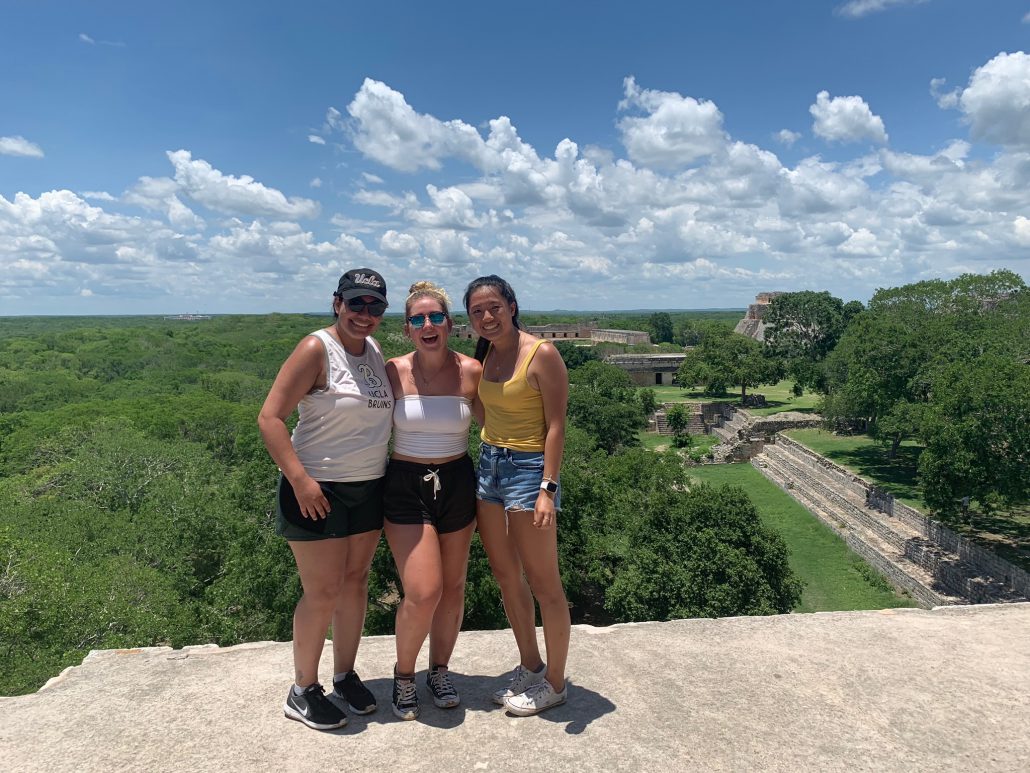
The BIGGEST plus of the homestay was my beyond incredible mamá. From the second I got off the plane, she insisted that I call her “mamá” and in return she always called me “hija” or “child” in Spanish. And that’s how it felt during my time there, as if she was my mom there for a month. I could easily talk to her about anything and everything, from help with school work to what I want to do in the future.
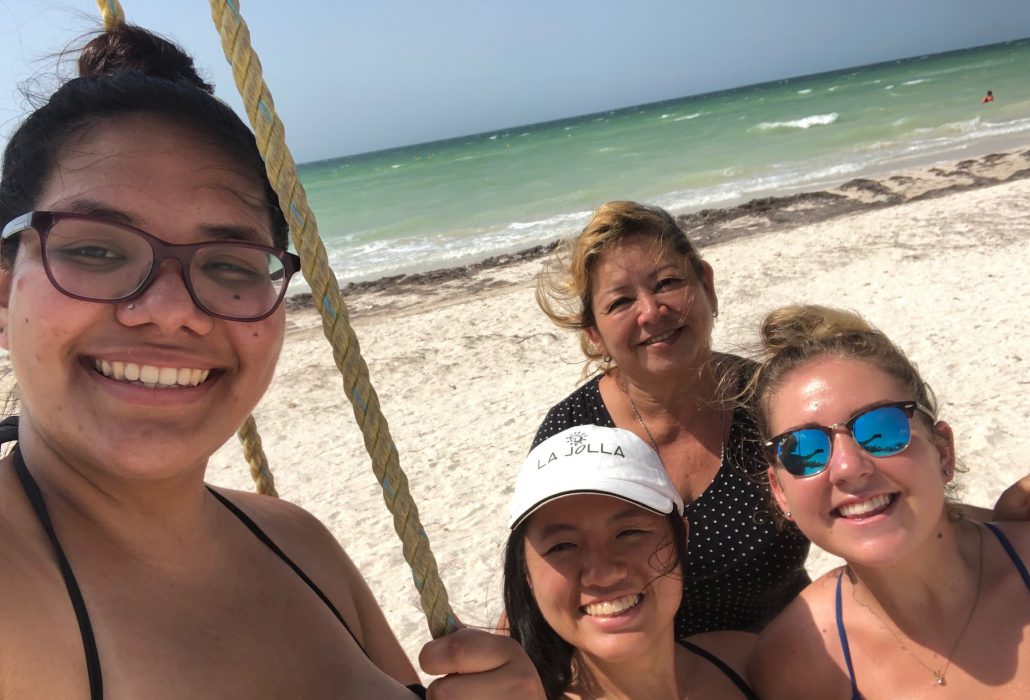
I remember once, we had to do a presentation on Yucatan food in class and wanted to make a traditional dish. Our mama sat with us and brainstormed dishes and once we decided on one, she dictated the recipe to us as we prepared the food. This is just one of the examples of how willing she was to take time out of her day to both spend time with us and help with anything we needed.
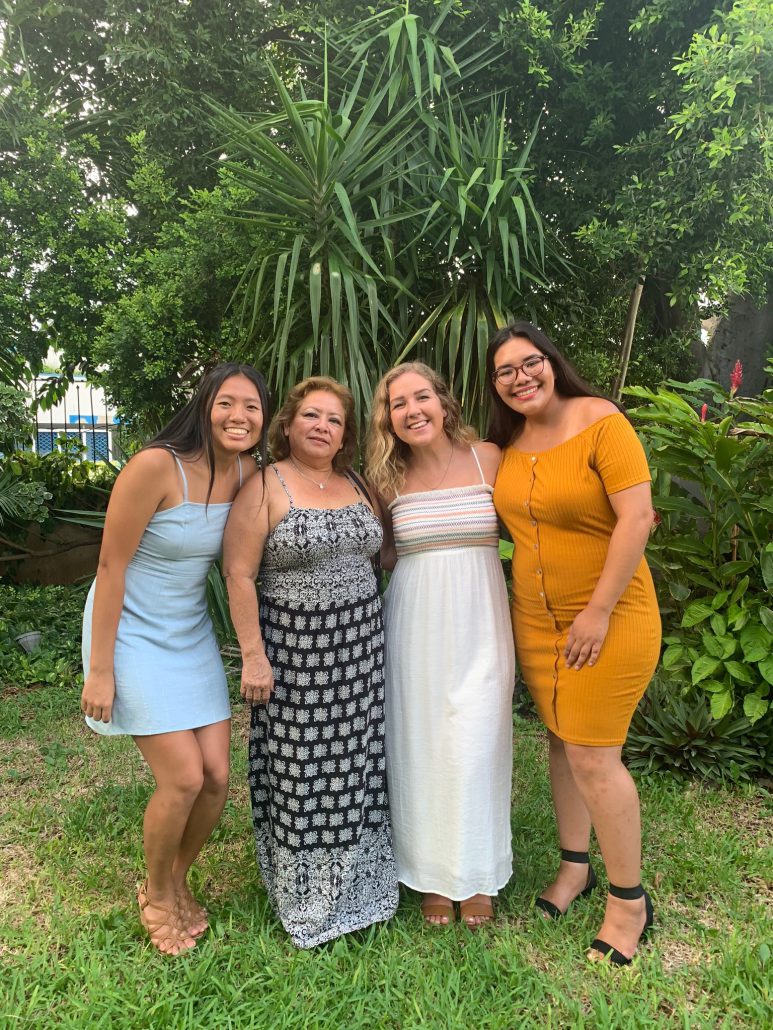
Being in an environment where my mamá only spoke to me in Spanish and I in turn responded in Spanish forced me out of my comfort zone. But even though I would sometimes say things incorrectly (and I thank my mamá for only minimally laughing at me when I mixed up words) my confidence in my own ability to speak grew tremendously.
At the beginning of the trip, I would mostly just respond with “si” and the conversation would end there, but by the end of the trip, I was willing to ask follow-up questions or elaborate on answers given. I truly don’t think that my Spanish would have improved as much as it did if I hadn’t done a homestay program where I was constantly surrounded by the opportunity to converse with others in Spanish.
I could never thank my mama enough for how much she made Merida feel like home for me on this trip and having the experience that I did, I can’t imagine doing a study abroad trip that isn’t a homestay program.
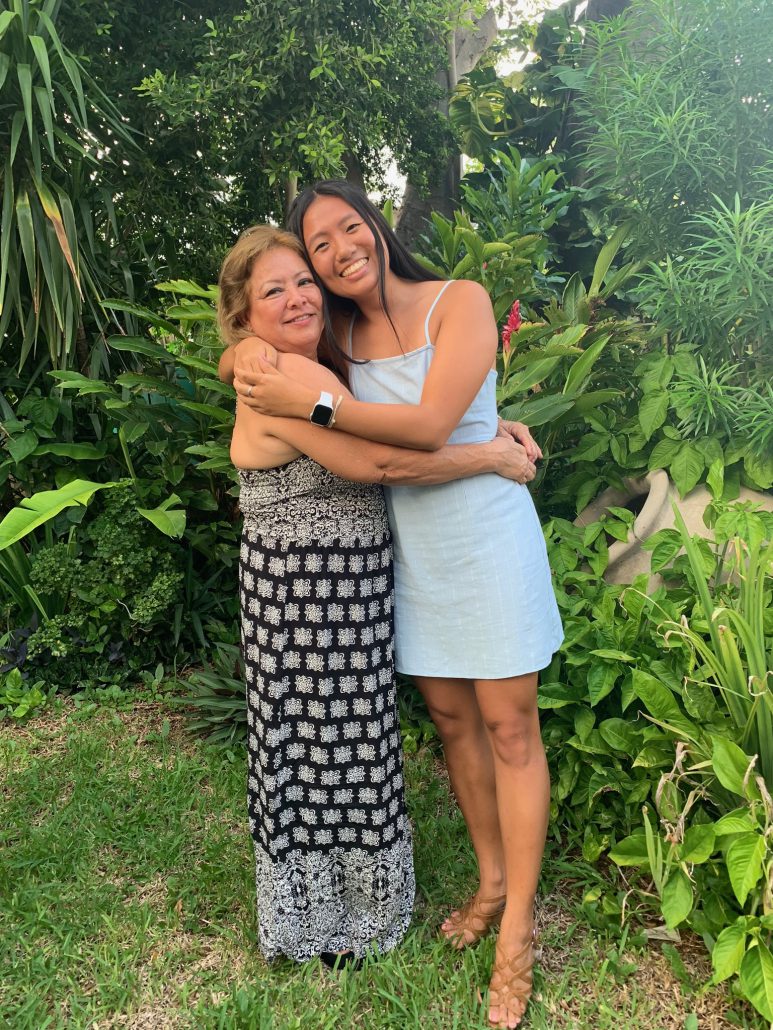
Andrea Zheng studied abroad in Merida in Summer 2019. https://ieo.ucla.edu/travelstudy/Span-Mexico/


